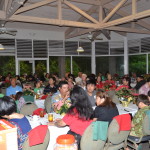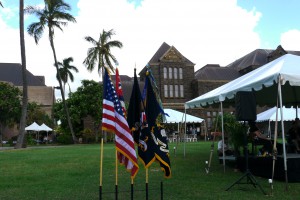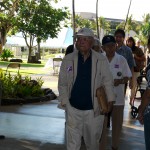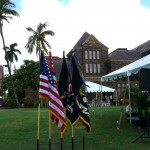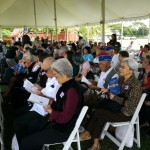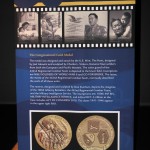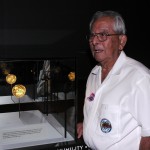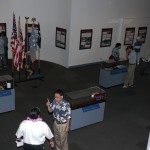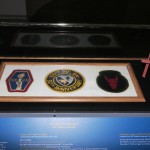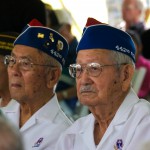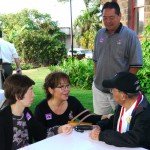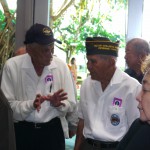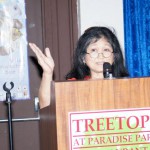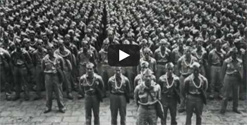 Did you ever wonder how the 1ooth Battalion began? Ted Tsukiyama unfolds the “guinea pig battalion” story in “The One Puka Puka”…
Did you ever wonder how the 1ooth Battalion began? Ted Tsukiyama unfolds the “guinea pig battalion” story in “The One Puka Puka”…
Their Japanese ancestry caused them to be unwanted, feared, distrusted and even despised. An expected Japanese invasion of Hawaii induced their hasty removal from their beloved island home. The Army didn’t know what to do with them after 14 months of training, even after their dispatch to North Africa. They were the Army’s “orphan outfit,” playing “guinea pig” for Japanese Americans in military service. Finally, after assignment to the 34th Division they gained the opportunity to engage in combat as the first and only segregated, all-Japanese infantry unit.
Soon they earned the reputation as the “Purple Heart Battalion” as the most decorated unit of its size and time in battle in the American Army of World War II. They not only proved the “Americanism is not a matter of race or ancestry” but also won for other Niseis the right to fight for their country.
That is the heart-warming “Cinderella story” of the original 100th Infantry Battalion (separate), proudly identified by the men of the 100th as “The One Puka Puka.”
The true origins of the 100th must trace back to 1909 and 1920 when immigrant Japanese field workers staged a general strike for fair wages and decent working conditions, which erupted into bitter racial hostility and denigrated the entire Japanese population to be treated for the next 20 years as an economic, political, and national security threat to Hawaii. Statehood was denied because of its large Japanese population and the questionable loyalty of even the American-born Japanese youth. After Japan attacked Pearl Harbor December 7, 1941, the question was directed at every Nisei, “Who you going shoot?” and the men of the 100th knew in their hearts that the burden fell upon them to answer this challenge emphatically and for all time, on behalf of every Nisei everywhere.
Read more »
?>
?>
